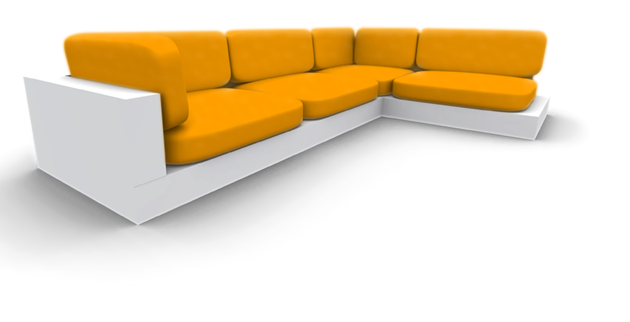| Autor | Beitrag | ||||
|---|---|---|---|---|---|
BenBE       
Beiträge: 8721 Erhaltene Danke: 191 Win95, Win98SE, Win2K, WinXP D1S, D3S, D4S, D5E, D6E, D7E, D9PE, D10E, D12P, DXEP, L0.9\FPC2.0 |
Für Speed würde ich die Funktion MulDiv empfehlen. Was die macht, dürfte der Name bereits verraten ...
Doku gibt's dazu auch in der DOH bzw. bei M$, weil das eine API ist. _________________ Anyone who is capable of being elected president should on no account be allowed to do the job.
Ich code EdgeMonkey - In dubio pro Setting. |
||||
ALF         
Beiträge: 1085 Erhaltene Danke: 53 WinXP, Win7, Win10 Delphi 7 Enterprise, XE |
So, hab jetzt das Teil fertig, würde sagen gefühlte 60%> schneller
EDIT: bringt aber nur was, wenn man auch BitBlt benutzt! Sonst bleibt es etwa bei 40% Ein BIG THX an alle für die Ausdauer. Gruss Alf _________________ Wenn jeder alles kann oder wüsste und keiner hätt' ne Frage mehr, omg, währe dieses Forum leer! Zuletzt bearbeitet von ALF am Mo 06.09.10 19:38, insgesamt 1-mal bearbeitet |
||||
delfiphan       
Beiträge: 2684 Erhaltene Danke: 32 |
Ich hab mich mal schnell durch MulDiv durchgesteppt; der macht auch nur eine normale Multiplikation und eine normale Division. Die Funktion hat paar Ifs drin, ich nehme an es geht um Bereichsprüfung und Overflowverhinderung. Bei dir würde ich aber sowieso kein Integer Overflow befürchten, daher könntest du einfach multiplizieren und dann dividieren und dir denn Call und Ifs sparen. Integer-Arithmetik sollte nochmals signifikant schneller sein. Aber ich könnte mir auch gut vorstellen, dass es sich mehr lohnt, die innere Schleife noch weiter zu optimieren, statt die äussere. Um das zu beantworten bräuchte man einen Profiler.
Aber vielleicht lassen wir's am besten so sein, wie's jetzt ist |
||||
elundril       
Beiträge: 3747 Erhaltene Danke: 123 Windows Vista, Ubuntu Delphi 7 PE "Codename: Aurora", Eclipse Ganymede |
Kommt aber teilweise zu anderen ergebnissen mit MulDiv, da kaufmännisch gerundet wird und nicht einfach nur der ganzzahlige Anteil genommen wird. Und wenn man die Integerumwandlung vorzieht ebenso.
Muss man halt abwägen ob es auch mit diesen "Fehlern" leben kann oder ob man die etwas geringere Geschwindigkeit in kauf nimmt. lg elundril _________________ This Signature-Space is intentionally left blank.
Bei Beschwerden, bitte den Beschwerdebutton (gekennzeichnet mit PN) verwenden. |
||||
platzwart       
Beiträge: 1054 Erhaltene Danke: 78 Win 7, Ubuntu 9.10 Delphi 2007 Pro, C++, Qt |
Das dürfte mit Graphics32 nochmals schneller gehen, ich schätze mal Faktor 5. Ich weiß, du willst es nicht benutzen, aber nur so als Info... _________________ Wissenschaft schafft Wissenschaft, denn Wissenschaft ist Wissenschaft, die mit Wissen und Schaffen Wissen schafft. (myself) |
||||



















